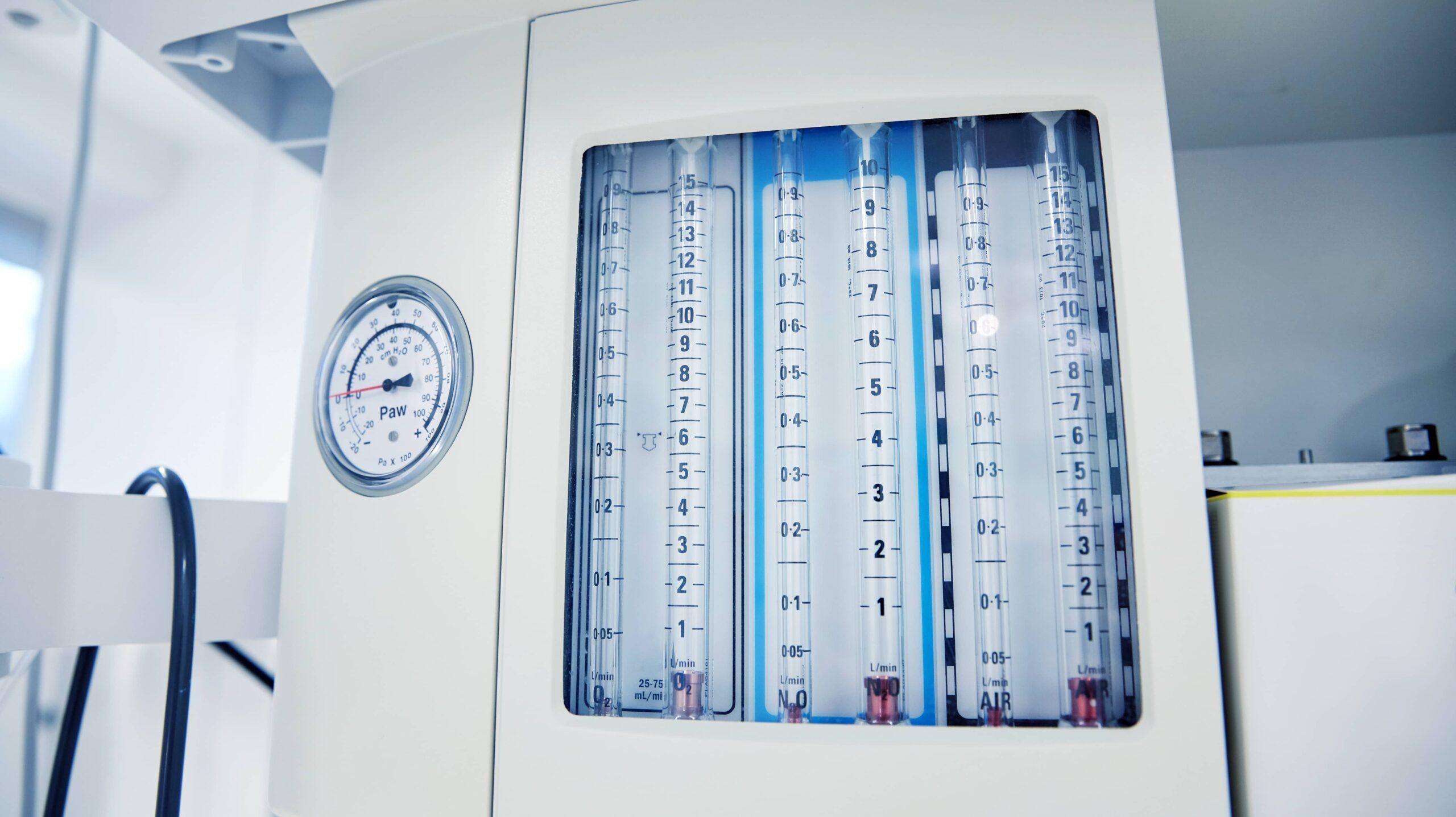PainExam News
A Place for Board Certified and Board Eligible Pain Management Anesthesiologists to share concerns and important
topics relevant to the Practice of Pain.
Hormonal Growth hormone, corticosteroids and thyroxine modify insulin release in response to glucoseo PGE inhibit insulin release.Somatostatin evokes release of both insulin and glucagono.Glucagon evokes release of insulin as well as somatostatino Insulin inhibit glucagon secretion. Amylin released with insulin,...
Read on
Benzodiazepines Classification Slow elimination of the parent drug or active metabolite Flurazepam: Long t ½Residual effects are likely next morningCumulation occurs on daily ingestion peaking after 3-4 daysSuitable for patients who have frequent nocturnal awakening and in whom day sedation is...
Read on
Substance abuse and Dependence Substance abuse It means use of an illicit drug or the excessive or nonmedical use of a licit drug or chemicals.A primary motivation for drug abuse appears to be the anticipated feeling of pleasure derived from the...
Read on
Antihistamines Three types of histaminergic receptors H1 H2 H3 Selective agonists 2-Methyl histamine 2-Pyridylethylamine 2-Thiazolyl ethylamine Dimaprit Impromidine α- methyl histamine Imetit Selective antagonist Mepyramine Clorpheniramine Cimetidine Ranitidine Thioperamide Impromidine Tiprolisant Receptor type Gq-protein coupled Gs- protein coupled Gi/Go protein...
Read on
Antiparkinsonian drug Classification 1. Drug affecting brain dopaminergic system Dopamine precursor: Levodopa (I-dopa)Peripheral decarboxylase inhibitors: Carbidopa, BenserazideDopaminergic agonists: Bromocriptine, Ropinirole, PramipexoleMAO-B inhibitors: Selegiline, RasagilineCOMT inhibitors: Entacapone, TolcaponeGlutamate (NMDA receptor) antagonist (Dopamine facilitator): Amantadine 2. Drugs affecting brain cholinergic system Central...
Read on

